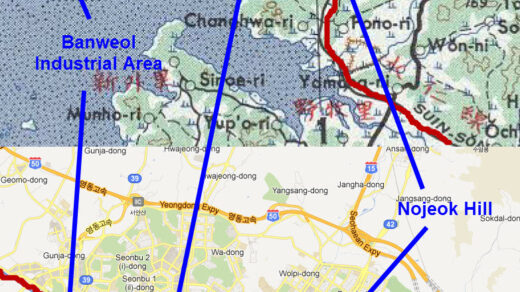Punctuation in Korean generally follows English style, including use of the colon. But there are a some nuances to keep in mind.
I recently handled a marketing brochure for a Korean organization on a Korean business translation [EXPIRED LINK REMOVED: https://uz9.25e.myftpupload.com/korean-business-translation/] project. The source document included a number of spots with colons, as shown in the following example:
– 지정 : 2005년 7월
I translated this as follows:
– Designated: July 2005
In the Korean, the colon has a space before and after. But in English, we don’t do that.
Amazingly, even though I clearly explained that it was correct to leave the colon as I had delivered, the client overruled me and changed all of the colons in the English to this:
– Designated : July 2005
This is an error which is so commonly made in written Korean that it approaches acceptability. In this case, it even became the final version of the translation I delivered.
Best-Practice Tip – My team and I follow a style guide that mandates not adding an extra space before a colon. Likewise, when translating Korean documents, I always remove extra spaces before colons in the English documents I deliver. Still, adding a space before a colon in written Korean will not be perceived negatively by readers.
I asked my long-time associate and English-to-Korean translator [EXPIRED LINK REMOVED: https://uz9.25e.myftpupload.com/english-to-korean-translation/] , Hongil Kim, about this and he provided me with some additional perspective. Here’s a translation of his response.
There isn’t a rule in Korean that says a space needs to be added before a colon. But it is what many Koreans have come to do as habit.
The various punctuation marks used in modern Korean (,, ?, !, .) were not part of the language just one hundred years ago. We have come to use these through influence from the West.
Thus, though it is correct to follow Western conventions in the use of punctuation, it has oddly become common practice in Korean to put a space before the colon.
Perhaps this started because early Korean computer fonts (which were double-byte, rather than single-byte like English) were not able to use proportional spacing and this meant the colon was shown with a little space before it. As a result, Koreans naturally came to accept this usage.



